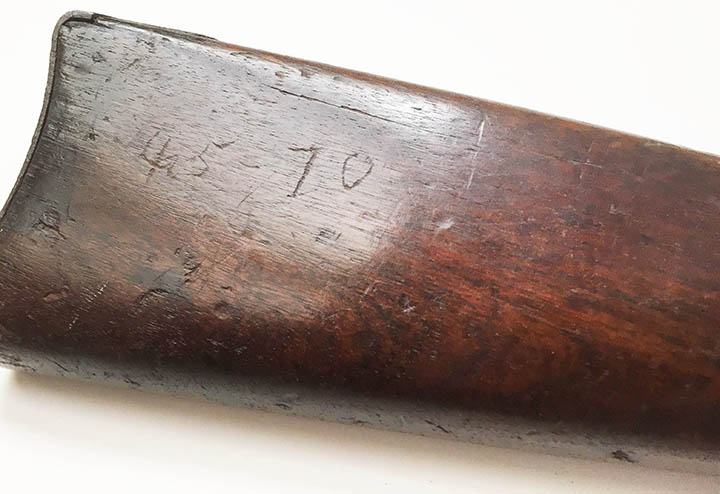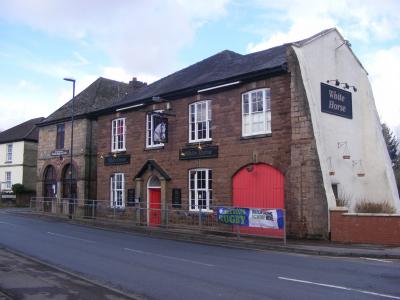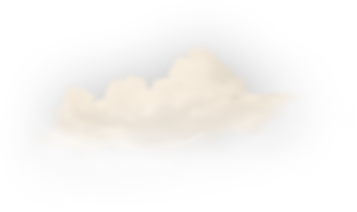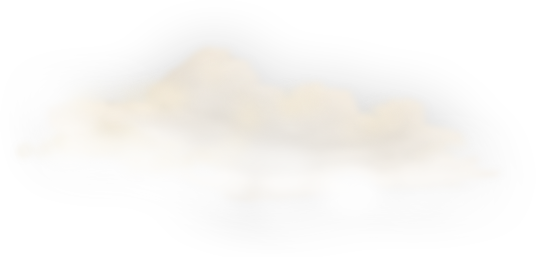Lloyd, Edward W.
Place of Birth: Gloucester
Date of enlistment: 30 September 1873
Age given at enlistment: 21
Rank: Private
Company: I
Location on 25 June 1876: With Custer's column
An Engineer from Gloucestershire
- There is compelling evidence that Edward William Lloyd, born June 5, 1854 in Gloucestershire, England, was killed with Custer on the bluffs above the Little Bighorn River, Montana Territory, on June 25, 1876. His was son of John James Lloyd, a tailor, and Hester (or Esther) Meeke Lloyd, who raised their large family in Mitcheldean, a small town lying on the northern edge of the ancient Forest of Dean close to the county boundary with Herefordshire. In 1871 we find him, a 16-year-old laborer, living in High Street, Mitcheldean, with his recently-widowed mother and several siblings.
- ‘Lloyd’ was also written as ‘Loyd’ and ‘Loyde’, which slightly hampered this writer’s research.

An extract from a Certified Copy of an Entry of Birth - 5 June 1854 - Registration District Westbury -on-Severn, Gloucestershire, for Edward William Lloyd
- During the middle of the 19th Century the Forest of Dean, a valuable source of iron ore, was famous for its iron foundries and the future cavalryman may have been the 19-year-old molder, who arrived in New York on 24 June 1873 aboard the ship City of Antwerp to seek his fortune in America.
- Edward Lloyd was enlisted in the United States Army in Pittsburgh, Pennsylvania, by Lieutenant Randolph Norwood, 2nd Cavalry, on September 30, 1873, when in common with numerous other teenage recruits he added two years to his real age to satisfy the minimum requirement of enlistment without parental consent. Records show he had grey eyes, brown hair, a fair complexion, stood 5′ 6″ tall and previously employed as an ‘engineer’.
- He was sent to the St Louis Depot, Missouri, and transferred to the 7th Cavalry, Company “I”, then stationed at Fort Totten, Dakota Territory, under the command of the charismatic Irishman, Captain Myles W. Keogh. He joined his new comrades at Fort Totten on October 22, 1873 shortly before winter closed in.
- The following summer, he was with his company which formed part of the military escort for the Northern Boundary Commission survey party, which was charged with marking the boundary (49th parallel) between the United States and Canada.
- Lloyd was killed with Custer’s column on the first day of the Battle of the Little Bighorn and is listed as E. W. LLOYD on the battle monument.
- The Final Statement of Private Edward W. Lloyd signed by Captain Henry J. Nowlan, Commanding Company, at Fort Abraham Lincoln on December 5, 1876 reads: DUE SOLDIER – For retained pay under act of May 15, 1872 … $8.83; For clothing not drawn in kind … $26.52; Proceeds of sale of effects [April 26, 1877] … $16.00, making a total of $51.35 less $1.71 DUE UNITED STATES – For tobacco. The above statement did not include basic pay due for the period 1 May to 25 June 1876.
- It is not known whether Edward Lloyd’s mother ever knew that her son had joined the United States Army or had been killed at the Battle of the Little Bighorn.

The 1873 Springfield carbine believed to have been carried by Private Edward Lloyd at the LBH. (Courtesy of Glenwood Swanson)
- Did Model 1873 Springfield carbine, Serial No. 18486, belong to Private Edward Lloyd?
- A Model 1873 Springfield carbine, serial number 18486, Recently in the collection of the late Glenwood Swanson, may have been used Edward Lloyd, Company I, 7th Cavalry, who was killed with Custer’s column on the first day of the battle. The initials ‘E L I’ and the number ‘7’ carved into the stock may point to Edward Lloyd as he was the only trooper in Company I, 7th Cavalry, bearing this distinct set of initials. Marking one’s own carbine in this way was not uncommon. It will also be noticed that the size of the ammunition (45 – 70) was carved on the butt. (See illustrations below.)
- The carbine was captured and shows Indian use, probably for some time after the Custer battle. A cartridge was found near the Keogh area which is only a possible identification as the firing pin had become flattened over time and a positive match could not be made because of depth. With the possible match and the initials on the carbine there are at least good circumstantial reasons to believe that this carbine may, indeed, has been used by Edward Lloyd at LBH. (See illustrations below.)
- This firearm appears to be an unaltered, first issue Model 1873 Springfield carbine before the 1875 or other modifications performed by the National Armory, Springfield, Mass. The serial number 18486 is clearly within the range of “Custer-era” 7th Cavalry carbines. They were issued to Company I during the third quarter of 1874 or perhaps in the second quarter of 1875 as this unit was not stationed at Fort Abraham Lincoln, Dakota Territory where and when these weapons were first distributed.
- This carbine’s unmodified state is critical; otherwise establishing its provenance might be difficult, if not impossible. Its rough condition suggests battle and/or Indian use. Forensic comparison with recovered Little Big Horn cartridge cases or bullets might establish its connection to the Custer Fight.
- Experts agree that direct identification of such weapons (except in specific documented cases such as Captain Frederick W. Benteen’s Company H carbines and revolvers) is a challenge in view of the absence of Ordnance records that confirm issuance of serial numbers to regiments, let alone companies, before the Little Bighorn used by Edward Lloyd then it is identical to one that he did!

The stock of the 1873 Springfield carbine (Note initials E L I 7) believed to have been carried by Private Edward Lloyd at the LBH. (Courtesy of Glenwood Swanson)

The butt of the 1873 Springfield carbine (Note size of ammunition - 45-70) believed to have been carried by Private Edward Lloyd at the LBH. (Courtesy of Glenwood Swanson)
- Edward’s father, John James Lloyd, was born in Mitcheldean on 12 December 1815, son of Thomas Lloyd, a bailiff, and Mary James Lloyd; apprenticed to a tailor in 1828; married Esther (or Hester) Lawrence Meeke, from nearby Lea, Herefordshire on 3 March 1836 in St Mary de Lode Church, Gloucester; and licensee of the White Horse Inn, High Street, Mitcheldean for eight months before declaring himself bankrupt on 26 May 1843. He and Esther had possibly as many as 10 children. John Lloyd died in the winter of 1869/70. Esther Meeke Lloyd, a seamstress, and three of her children moved to 127 Edwardes Street, Kings Norton, Worcestershire, an outer suburb of Birmingham, sometime before 3 April 1881 (Census). She returned to Mitcheldean in old age and died there in early 1899.
- This author would very much like to hear from a direct descendant of John James Lloyd and/or any further information about Edward.

The White Horse Inn, Mitcheldean, Gloucestershire. Edward Lloyd's father was the licensee here in 1842/43.
- The Mysterious Mrs Anna Anders
- Anna Anders, the English-born wife of Frank L. Anders, formerly of Company G, 17th U.S. Infantry, who was discharged at Fort Abraham Lincoln on 4 October 1875, claimed to be a first cousin of Private Edward Lloyd (Military Register of Custer’s Last Command, Roger L. Williams, 2009, p.26, n26). Not only did the unreliable Anna say her maiden was ‘Isaackson’, ‘McDougle’, ‘McLeod’ and ‘Rowell’, but her date and place of birth remain uncertain. Her mother’s place of birth is consistently given as Scotland and her father’s is listed (Federal Censuses) as Norway in 1880, 1900 and 1910, and as Denmark in 1920. To date no link has been made between Anna Anders and the Lloyds of Mitcheldean or any other branch of the family. She died on 4 January 1925 near Fargo, North Dakota.
























Comments: